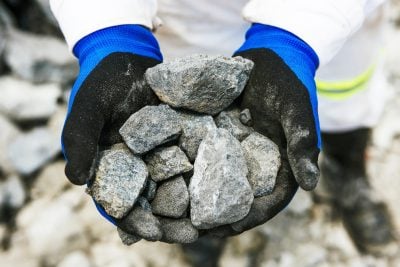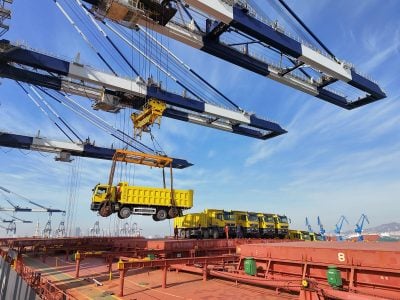COP26 was a story of two hemispheres. In this, it reflected the general character of the climate change debate over the past twenty years. On one hand, we have strong headline commitments, with Glasgow bringing encouraging announcements on methane, deforestation, fossil fuel subsidies and the phase-out of coal power. On the other hand, however, there remains a set of fundamental tensions standing in the way of decisive action that can have a real, lasting impact.
Those nations best placed to fulfill commitments to decarbonise are also the most developed. This accounts for their current, inordinately high emissions, as well as the limited political will amongst those who still believe that to act on climate change would require giving away their high quality of life. Rhetorically, as well as practically, this has too often translated into an expectation that the least developed stay that way. This tension hung over negotiations at COP, where promising discussion of reparations for the victims of climate change ‘loss and damage’ – overwhelmingly located in less-developed countries – was backlit by the continued inability of developed nations to provide the $100bn a year in climate finance required under the Paris Agreement.
It is clear that the energy transition cannot wait. The catastrophic effects of 1.2 degrees of warming are already apparent, and so long as our dominant modes of power generation – those that enable everything from lightbulbs, to cement production, to transport and communications – continue to belch emissions into the atmosphere, these will only intensify. But it is also obvious that the pathway toward a low-carbon future is littered with inequities, both in the capacity to commence this transition, and exposure to the effects of a failure to do so.
In the case of Africa, a disproportionate number of its 1.2bn people are on the frontlines of the ecological, economic and health consequences of climate change. To an extent, this reflects the natural environment in which they live and work. But such outcomes should not be naturalised, instead it should be acknowledged that the vulnerability of many Africans to damaging climate impacts reflects the low levels of resilience afforded by the comparatively under-resourced economic, governance and infrastructural systems on the continent. It is no coincidence that 55 per cent of PIDG’s investments are in fragile and conflict-affected states.
Meanwhile, Africans contribute just 4 per cent of global emissions, and remain exposed precisely because they have not had the benefit of the two centuries of carbon-intensive development enjoyed by the global North. While many nations, regions and cities across Europe, North America and Australasia scan for opportunities to clean up their electricity grids, we are reminded that more than half of sub-Saharan Africa still has no access to electricity at all.
So while there is an urgent need to decarbonise, it must not be done at the expense of the vulnerable and blameless. Instead, a just transition is necessary, ensuring that those currently reliant on fossil fuels for their livelihoods and development prospects are given the support, protection and investment required to thrive in a zero-carbon world. Only when emissions reductions are integrated with genuine and consistent improvements in their quality of life will we be able to say that we are taking climate change seriously.
This is not a new idea. Sustainable development has been a central UN framework since the 1992 Earth Summit in Rio de Janeiro. What is new, however, is the proliferation of tools and approaches leveraging the unparalleled technological and financial innovations of the 21st century. Even as developed countries fail to stump up under the Paris Agreement, climate finance has increased exponentially, with sustainable investment globally reaching $4tn as a dense network of banks, exchanges, funds and other institutions funnel capital to where it is needed most. Similarly, cutting-edge, climate-aligned infrastructure in less-developed areas allows the unlocking of vast quantities of human and financial capital whilst systematically lowering future emissions trajectories.
PIDG’s Kenyan green bond, issued to finance the construction of certified low-carbon housing for thousands of university students in Nairobi, is a case in point, while its renewable energy projects across Uganda, Tanzania, Malawi, Senegal and a host of other nations offer the benefits of distributed, low-carbon electrification across rural, remote and critically underserved areas.
But this does not come cheap. At COP26, the failure of wealthy countries to provide adequate assistance to their less-developed counterparts hobbled the insertion of strong language on the energy transition in the final treaty text. More funding, more strategically invested, will be required for the world to truly shift the dial on climate change.
The cause of justice requires it, and human survival demands it be done.
Want to continue reading? Subscribe today.
You've read all your free articles for this month! Subscribe now to enjoy full access to our content.
Digital Monthly
£8.00 / month
Receive full unlimited access to our articles, opinions, podcasts and more.
Digital Yearly
£70.00 / year
Our best value offer - save £26 and gain access to all of our digital content for an entire year!
 Sign in with Google
Sign in with Google 



